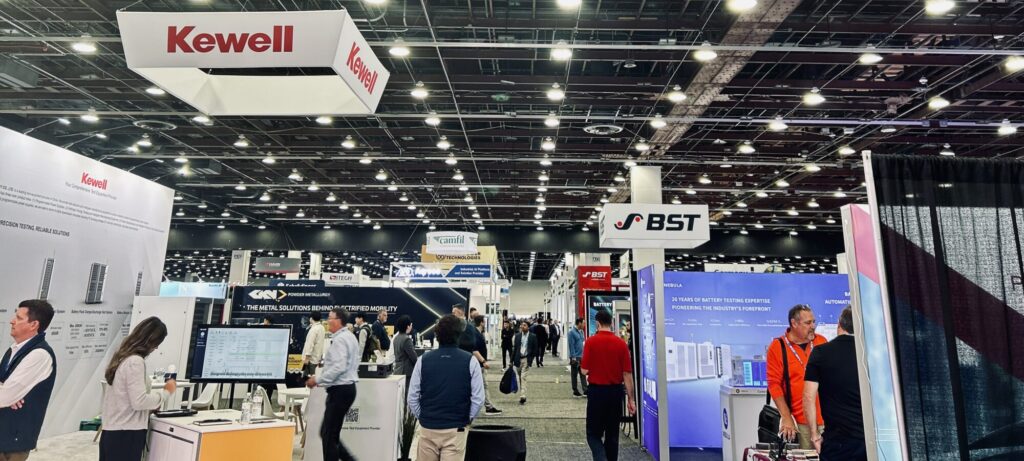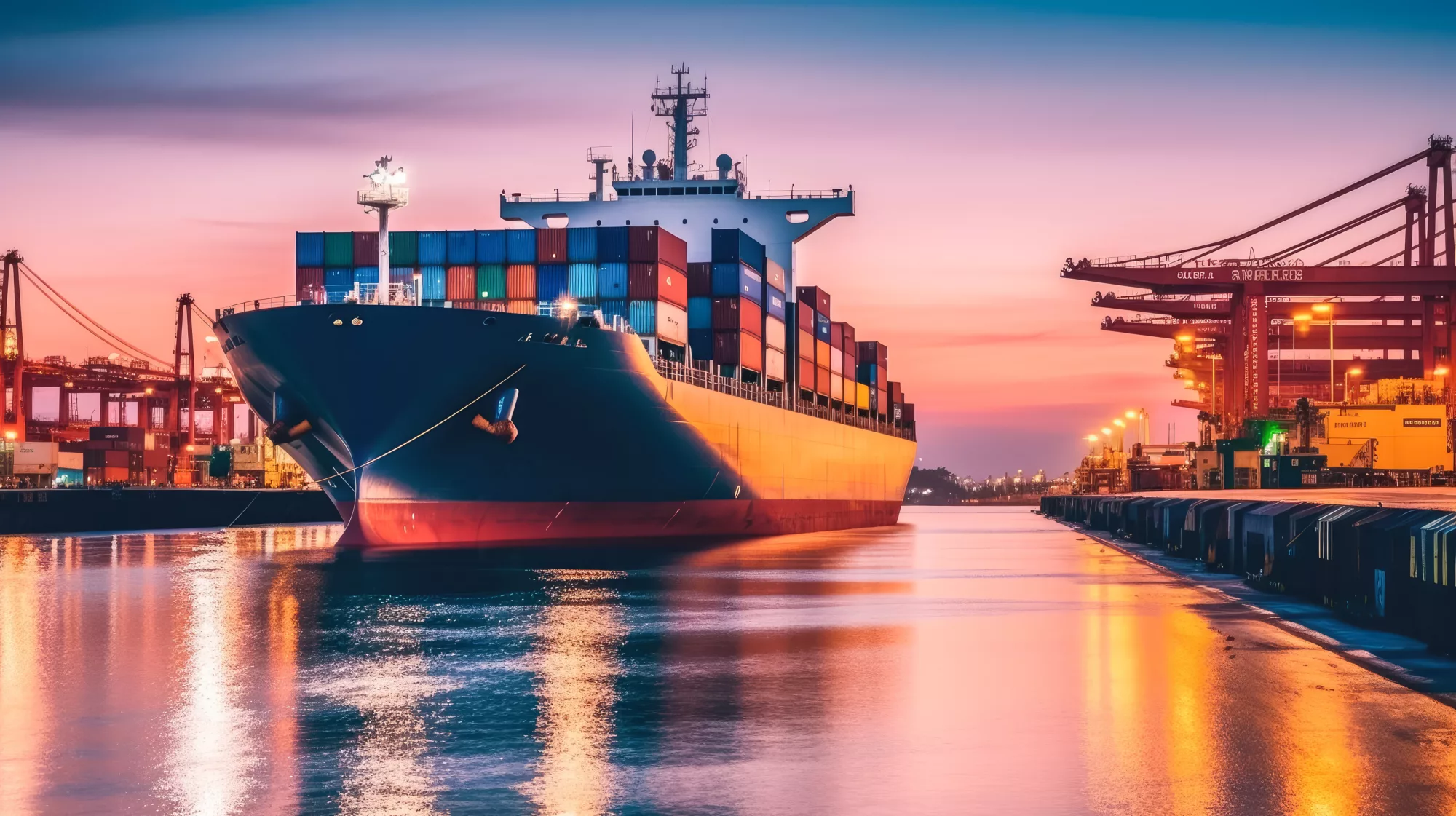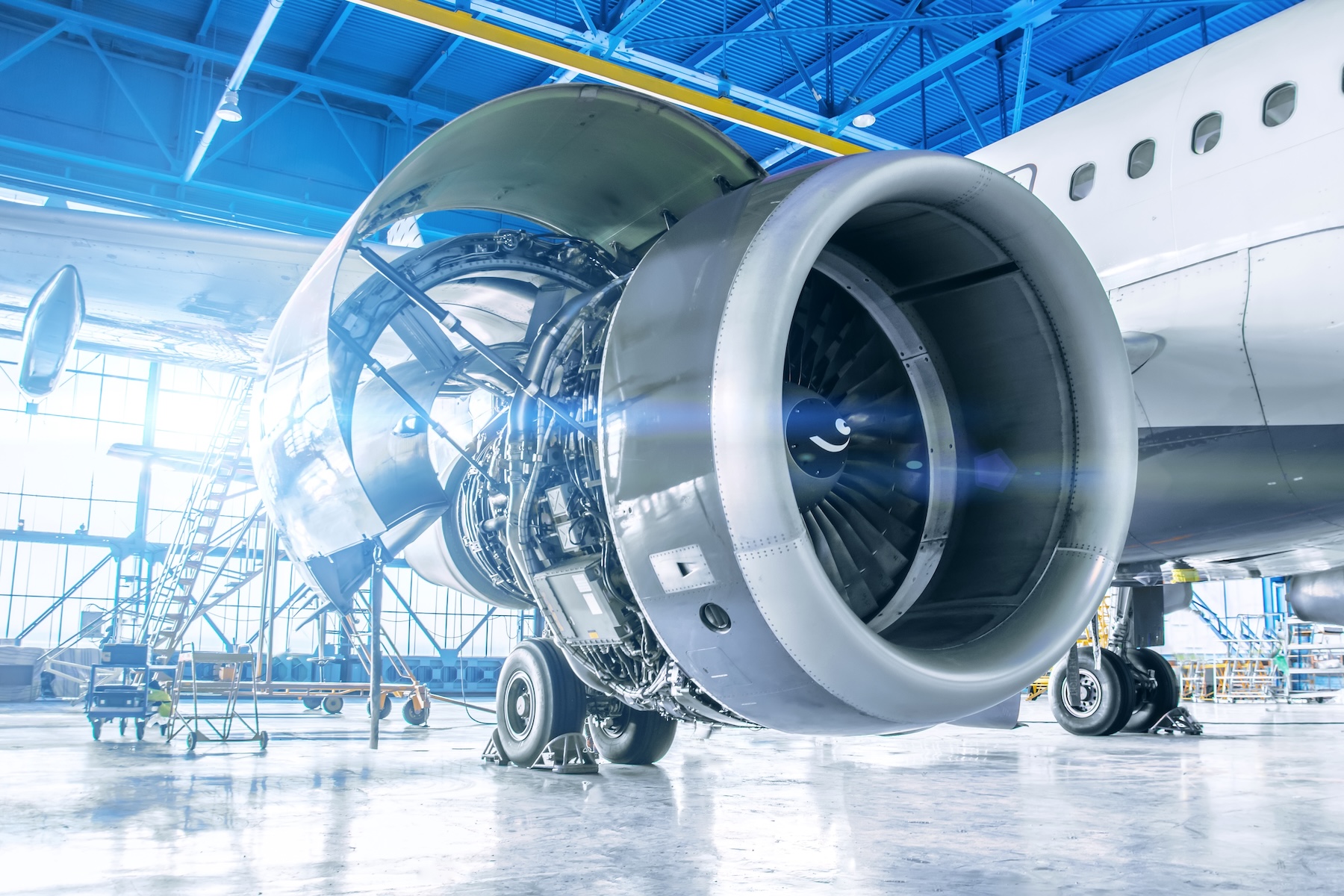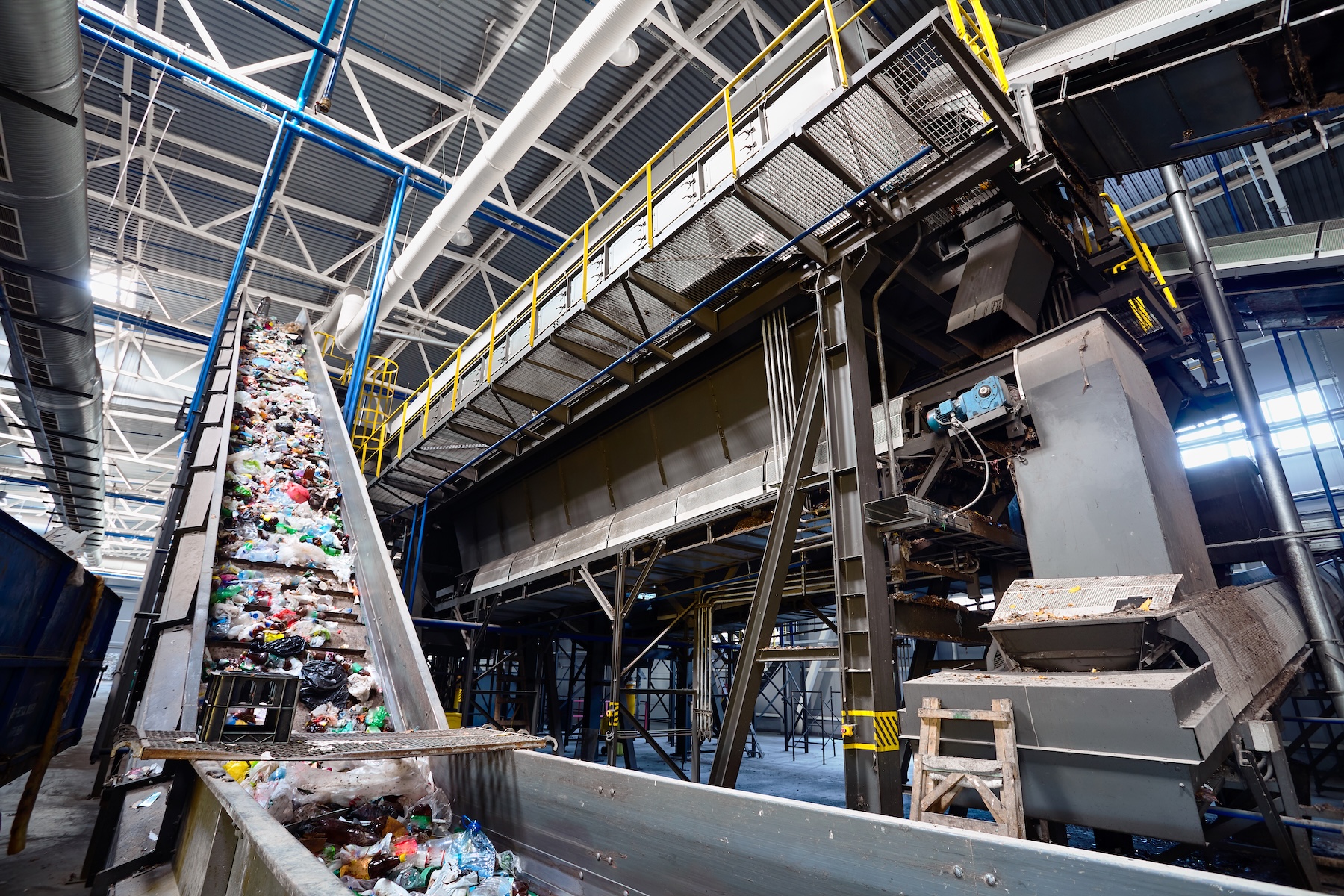Critical Battery Materials at the 2025 Battery Show

The energy transition is accelerating, and nowhere is that more evident than in the battery industry. From electric vehicles to grid storage, batteries are at the center of decarbonization strategies around the globe. Behind the headlines, however, are the critical battery materials that make it all possible. Lithium, nickel, cobalt, manganese, and new solid-state electrolyte materials form the foundation of next-generation energy storage systems.
With Reade attending the 2025 Battery Show this October, we are taking a closer look at how these critical materials are shaping the future of energy and what supply chain challenges lie ahead.
The Role of Critical Battery Materials
Lithium remains the most visible driver of the battery market, with demand projected to triple by 2030 as EV adoption accelerates¹. Supply is expanding, but refining capacity and geographic concentration continue to create volatility.
Nickel plays a key role in high-energy-density cathodes, enabling longer ranges for EVs. However, supply is constrained by geopolitical dynamics and environmental concerns linked to nickel laterite mining².
Cobalt improves stability and cycle life, but ethical sourcing challenges and price volatility have made substitution and reduction a focus for battery makers.
Manganese is gaining attention as a relatively abundant and lower-cost stabilizer in cathode chemistries. Research into high-manganese cathodes is advancing as companies look for scalable alternatives³.
Solid-state electrolytes are one of the most closely watched innovations. These materials promise higher energy density and improved safety compared with conventional liquid electrolytes. The race is on to commercialize them at scale, with ongoing work in ceramics, sulfides, and polymer-based systems⁴.
Supply Chain Pressure Points
While the promise of batteries is immense, the material supply chains that underpin them remain fragile. Concentrated mining in a few countries, refining capacity bottlenecks, ESG concerns, and recycling limitations all combine to create a landscape where demand growth often outpaces supply. For example, over 70 percent of cobalt comes from the Democratic Republic of the Congo, while lithium refining is dominated by China⁵.
These vulnerabilities are driving investment in new mining projects, refining facilities, and closed-loop recycling systems. Companies that secure diversified, sustainable sources of these critical inputs will be best positioned as demand surges.
Insights from the 2025 Battery Show
“Detroit was buzzing, with real progress on solid-state, faster charging, safer cells, and smarter recycling, plus a clear shift toward building local, resilient supply chains. For Reade, that means we are doubling down on sourcing spec-certified powders, metals, and ceramic precursors that support these next-gen chemistries, so our customers can scale with confidence and stay compliant.”
Looking Ahead
Battery technology is advancing at breakneck speed, but materials will remain the limiting factor in how quickly and sustainably the industry scales. The 2025 Battery Show offers a valuable snapshot of where the field is heading, from new chemistries to recycling innovations, and provides a chance to assess how global supply chains must adapt.
For companies dependent on battery materials, the message is clear: vigilance and diversification are essential. Partnering with trusted suppliers who understand both the opportunities and risks in this rapidly evolving space will be key to powering the future.
References
- International Energy Agency. Global EV Outlook 2024.
- U.S. Geological Survey. Nickel Statistics and Information.
- Nature Energy. High-manganese cathodes for next-generation lithium-ion batteries.
- Journal of Power Sources. Progress in solid-state electrolytes for advanced batteries.
- Benchmark Mineral Intelligence. Battery Supply Chain Assessment 2024.


